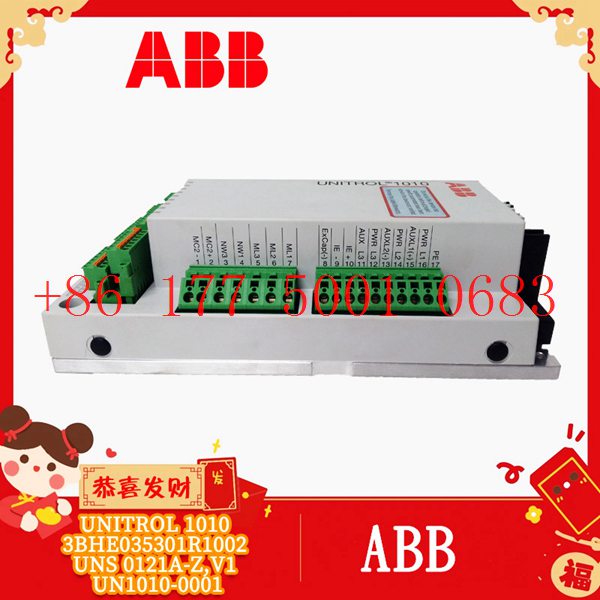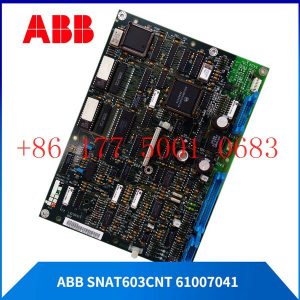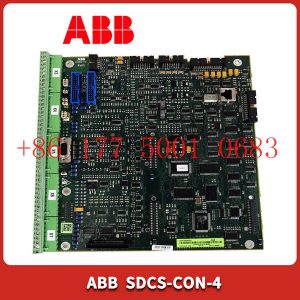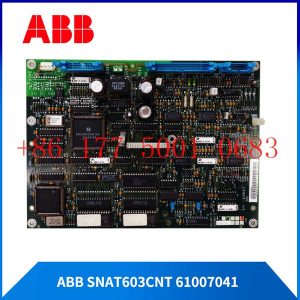Description
hardware flow control. It is an ideal choice in the field of industrial automation.
AC motors are divided into two categories, synchronous motors and asynchronous motors.
Asynchronous motors are relatively rare in daily life and are relatively large. Single-phase asynchronous motors are often seen on various processing
machines in rural homes and processing machines in ordinary small factories; the power supply used is ordinary 220V mains power, and it can work
and run on 101 live wire. For more subdivided types of single-phase asynchronous motors, the difference is not that big. This type of motor often has two
very large capacitors: starting capacitor and working capacitor.
If these two capacitors are broken, there will be abnormalities during startup or operation.
Polyphase asynchronous motors are often seen in hoisting machinery and large processing machinery; the size of polyphase asynchronous
motors is relatively large among all motor categories, and the power is not low. Most of these motors are equipped with corresponding frequency
converters. When it is powered, it will be connected to three-phase power. Three-phase electricity is commonly used in industry, but not in daily life.
Finally, synchronous motors of AC motors are introduced. The subdivided types of this type of motor will have some shadow in daily life.
Synchronous motors are mainly divided into four categories, brushless DC, permanent magnet synchronous, stepper motor, hysteresis motor,
and reluctance motor. When it comes to brushless DC motors, everyone has seen them; the rear wheels of electric bicycles and electric motorcycles
used daily are a brushless DC synchronous motor. This kind of motor is also called a hub motor, which refers to a motor that is long on the hub of the
wheel. Stepper motors are widely used, mainly because of the step
accuracy of their control, which allows them to be used in high-precision situations. Laser cutting and 3D printing are widely used.
There is also a branched motor type, the permanent magnet synchronous motor. This kind of motor currently has a very popular
application. The expensive hair dryer is a permanent magnet synchronous motor. The permanent magnet synchronous motor combined with excellent
control methods can make the motor”s speed accurately controllable, the noise is very low, and it feels quiet and efficient.
Most synchronous motors are permanent magnet. There are other excitation types, but they are less common.
2. Operating principle of brushless DC/permanent magnet synchronous motor
The reason why the principles of brushless DC and permanent magnet synchronous operation are explained here is
because the difference between the two types is really not big. The similarities and differences will be compared in detail later.
Excitation system ABB module 3HAC13063-3
Excitation system ABB module 3HAC13055-1
Excitation system ABB module 3HAC13039-2
Excitation system ABB module 3HAC13031-4
Excitation system ABB module 3HAC13031-3
Excitation system ABB module 3HAC12998-1
Excitation system ABB module 3HAC12978-1
Excitation system ABB module 3HAC12965-1
Excitation system ABB module 3HAC12928-1
Excitation system ABB module 3HAC12837-7
Excitation system ABB module 3HAC12738-1
Excitation system ABB module 3HAC12738-1
Excitation system ABB module 3HAC12707-4
Excitation system ABB module 3HAC12707-4
Excitation system ABB module 3HAC12677-1
Excitation system ABB module 3HAC12677-1
Excitation system ABB module 3HAC12670-1
Excitation system ABB module 3HAC12651-2
Excitation system ABB module 3HAC12609-3
Excitation system ABB module 3HAC12591-2
Excitation system ABB module 3HAC12532-1
Excitation system ABB module 3HAC12483-1
Excitation system ABB module 3HAC12475-6
Excitation system ABB module 3HAC12434-1
Excitation system ABB module 3HAC1236-1
Excitation system ABB module 3HAC12311-50
Excitation system ABB module 3HAC12271-2
Excitation system ABB module 3HAC12147-1
Excitation system ABB module 3HAC12146-4
Excitation system ABB module 3HAC12120-1
Excitation system ABB module 3HAC11928-1
Excitation system ABB module 3HAC11911-2
Excitation system ABB module 3HAC11819-1
Excitation system ABB module 3HAC1179-1
Excitation system ABB module 3HAC1177-1
Excitation system ABB module 3HAC11761-1
Excitation system ABB module 3HAC11720-1
Excitation system ABB module 3HAC11668-1
Excitation system ABB module 3HAC1164-1
Excitation system ABB module 3HAC11601-1
Excitation system ABB module 3HAC1150-1
Excitation system ABB module 3HAC11488-1
Excitation system ABB module 3HAC11482-1
Excitation system ABB module 3HAC11283-2
Excitation system ABB module 3HAC11282-2
Excitation system ABB module 3HAC11282-1
Excitation system ABB module 3HAC11068-1
Excitation system ABB module 3HAC11060-1
Excitation system ABB module 3HAC1103-1
Excitation system ABB module 3HAC10996-1
Excitation system ABB module 3HAC10939-8
Excitation system ABB module 3HAC10847-1
Excitation system ABB module 3HAC10847-1
Excitation system ABB module 3HAC10834-1
Excitation system ABB module 3HAC10828-16
Excitation system ABB module 3HAC10828-15
Excitation system ABB module 3HAC10814-1
Excitation system ABB module 3HAC1079-1
Excitation system ABB module 3HAC10746-7
Excitation system ABB module 3HAC10746-6
Excitation system ABB module 3HAC10674-1
Excitation system ABB module 3HAC10592-1
Excitation system ABB module 3HAC10583-7
Excitation system ABB module 3HAC10583-5
Excitation system ABB module 3HAC10583-4
Excitation system ABB module 3HAC10583-3
Excitation system ABB module 3HAC10583-2
Excitation system ABB module 3HAC10583-16
Excitation system ABB module 3HAC10583-14
Excitation system ABB module 3HAC10583-12
Excitation system ABB module 3HAC10557-1
Excitation system ABB module 3HAC10543-1









Reviews
There are no reviews yet.